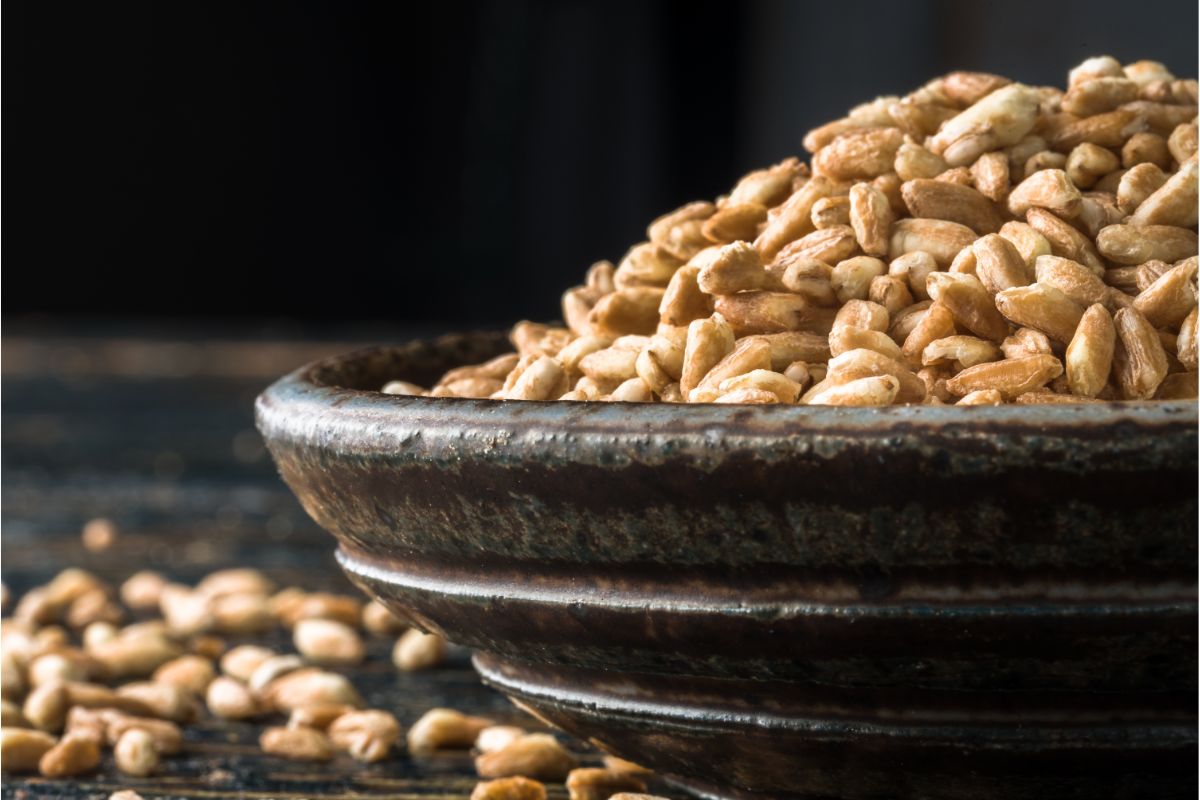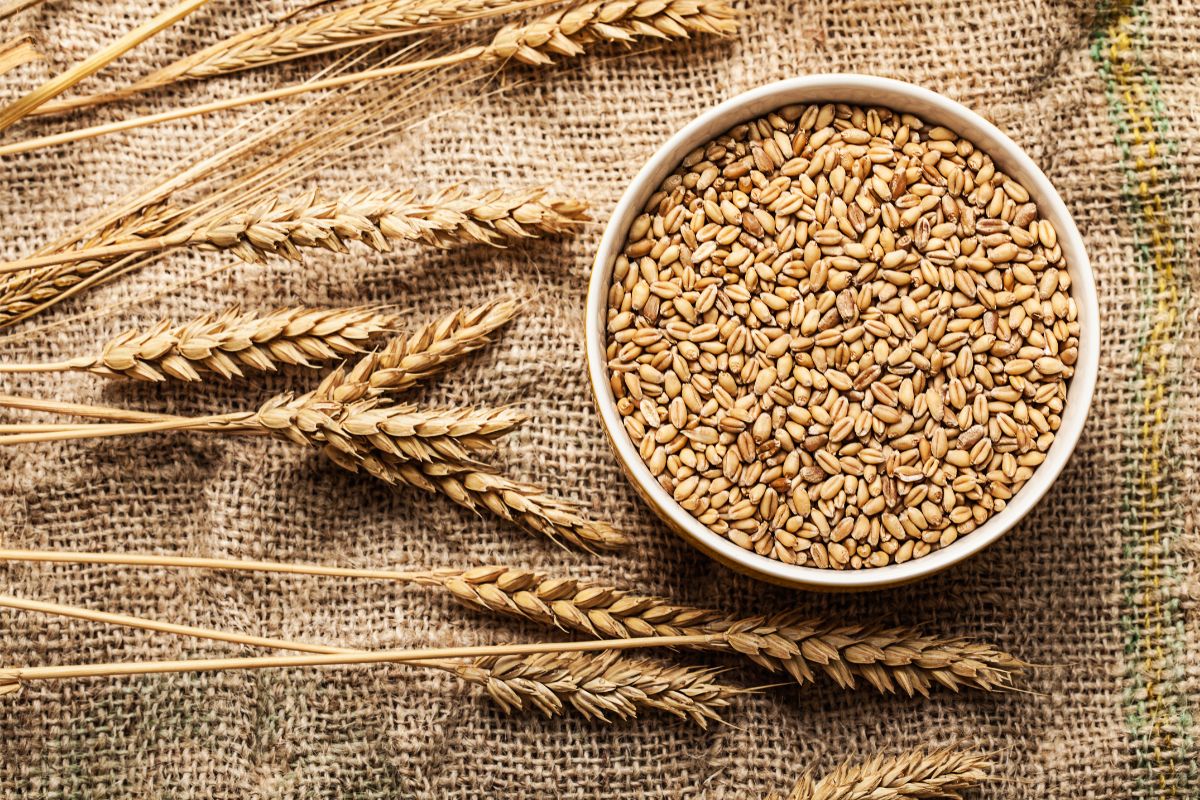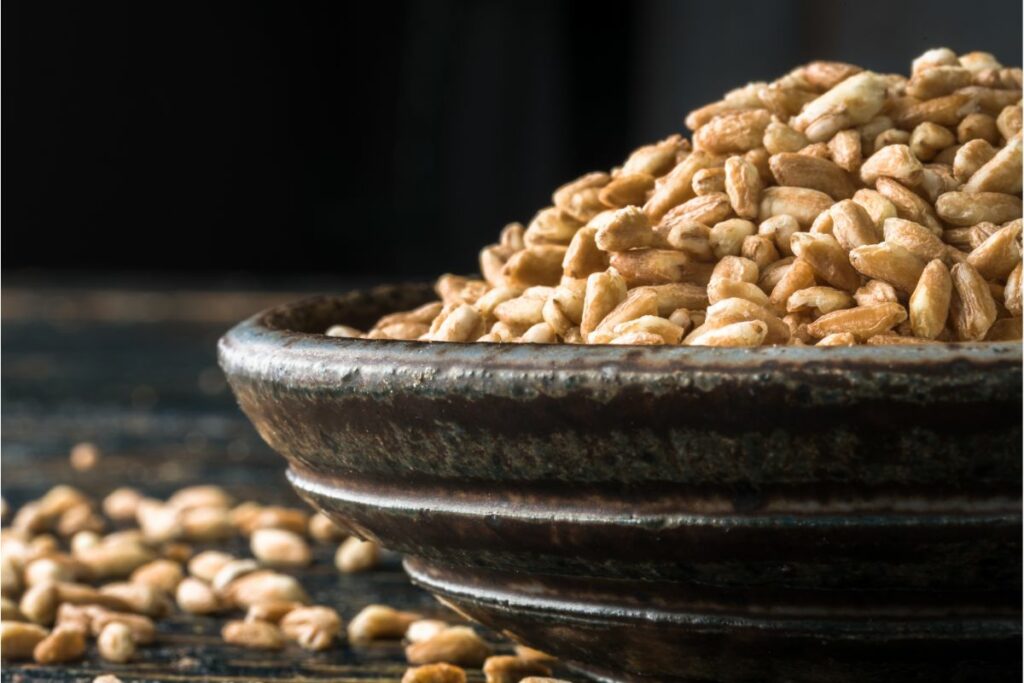Because of the high level of nutrients that they contain and the versatility of their applications in the kitchen, ancient grains like farro and others like them are gaining a lot of popularity in both professional and at-home kitchens.
Many people believe that farro was one of the first gains that were ever cultivated. It is similar in texture to rice and, in addition to having a taste reminiscent of nuts, it is filled with a wide variety of important nutrients.

Farro is a bit of a confusing grain as it is a term that may be used to refer to a variety of various forms of ancient wheat, such as emmer and einkorn.
Wheat, barley, and rye are the three grains that are most commonly known to contain gluten.
People who adhere to a gluten-free diet are aware that they must avoid meals that are prepared with these grains because they contain gluten.
On the other hand, given that farro is not traditionally considered to be a wheat product, you may be wondering whether or not it does contain gluten.
This article tackles the topic of whether or not farro contains gluten, as well as the question of whether or not it is safe to ingest for individuals who are sensitive to gluten or allergic to it.
Does Farro Contain Gluten?
Because farro is a kind of wheat, just like every other food that is derived from wheat, it contains gluten.
Due to this fact, the farro shouldn’t be eaten by those who have a medical condition that requires them to adhere to a diet that is free of gluten, such as celiac disease, since this would violate the requirements of their diet.
Remember that farro can refer to any of three different species of hulled wheat: einkorn, spelt, and emmer.
Other kinds of grains outside wheat that contain gluten include durum, triticale, bulgur, freekeh, and kamut. If you are sticking to a diet that is 100 percent free of gluten, you need to stay away from all of these foods.
How Is Farro Different From Wheat?
Even though it is a member of the same species as common wheat, farro has a gluten structure that is different from that of wheat. Because of this, it may be simpler for those who are sensitive to gluten to ingest farro.
Because of this, some people who are allergic to gluten may be able to ingest very small amounts of farro without experiencing the negative effects that they typically do when eating other types of wheat.
This is because farro has less gluten than other types of wheat.

However, there is a significant degree of variation in people’s levels of tolerance among those who are intolerant to gluten.
Farro is included on the list of foods that should be avoided by those who have celiac disease since the ailment requires them to avoid all foods that contain gluten.
On the other hand, if you have a less severe condition, such as non-celiac gluten sensitivity, you might not have to fully abstain from gluten.
Instead, it can be effectively managed by following a diet that contains almost no gluten at all, or at least, a great deal less gluten.
Nevertheless, the precise quantity of gluten that you are allowed to take is highly dependent on the degree of sensitivity that you have to the protein.
Before deciding to include farro in your diet, you should discuss the matter with your doctor if you have a gluten sensitivity of any type and are unsure whether or not it is a good option for you.
Farro On Food Labels
In everyday conversation, farro is almost often referred to as simply “farro,” and not as “wheat.” Farro is a kind of wheat, and as a result, it is a grain that includes gluten.
People who have celiac disease or non-celiac gluten sensitivity are likely unaware that farro is a type of wheat.
As a consequence of this, the consumption of farro by any of these categories of people constitutes a substantial health risk.
More and more frequently, farro is being utilized in the preparation of items that are later on to be sold in the deli departments of gourmet and health food stores.
In the majority of these cases, the farro is not identified as wheat; rather, it is only referred to as “farro.” There is a potential that the allergen warning that states “contains wheat” is not always included on labels.
It is easy to forget that farro is a kind of wheat since the grains of farro have a remarkable look that is very similar to that of brown rice.
If avoiding gluten at all costs is something you want to do, you should check the list of ingredients on everything and everything you want to ingest before doing so.
Summary
Farro and any prepared goods that include the grain in its list of ingredients should be avoided by anyone who has celiac disease or a sensitivity to gluten for any other reason.
Unfortunately, there are several various ways in which these grains (along with other kinds of sneaky and often misleading gluten grain products) may make their way into prepared meals.
These grain products can also sneak into prepared foods in several different ways.
The look of farro is somewhat comparable to that of brown rice, and it may be blended with a variety of grains, including rice.
The vast majority of the time, gluten grains are snuck into grain mixtures that, on the surface, appear to be risk-free due to the presence of wild rice mixtures as the culprit.
You must be extra careful when consuming any of these foods, as you may end up causing a reaction due to some hidden gluten in the food.








